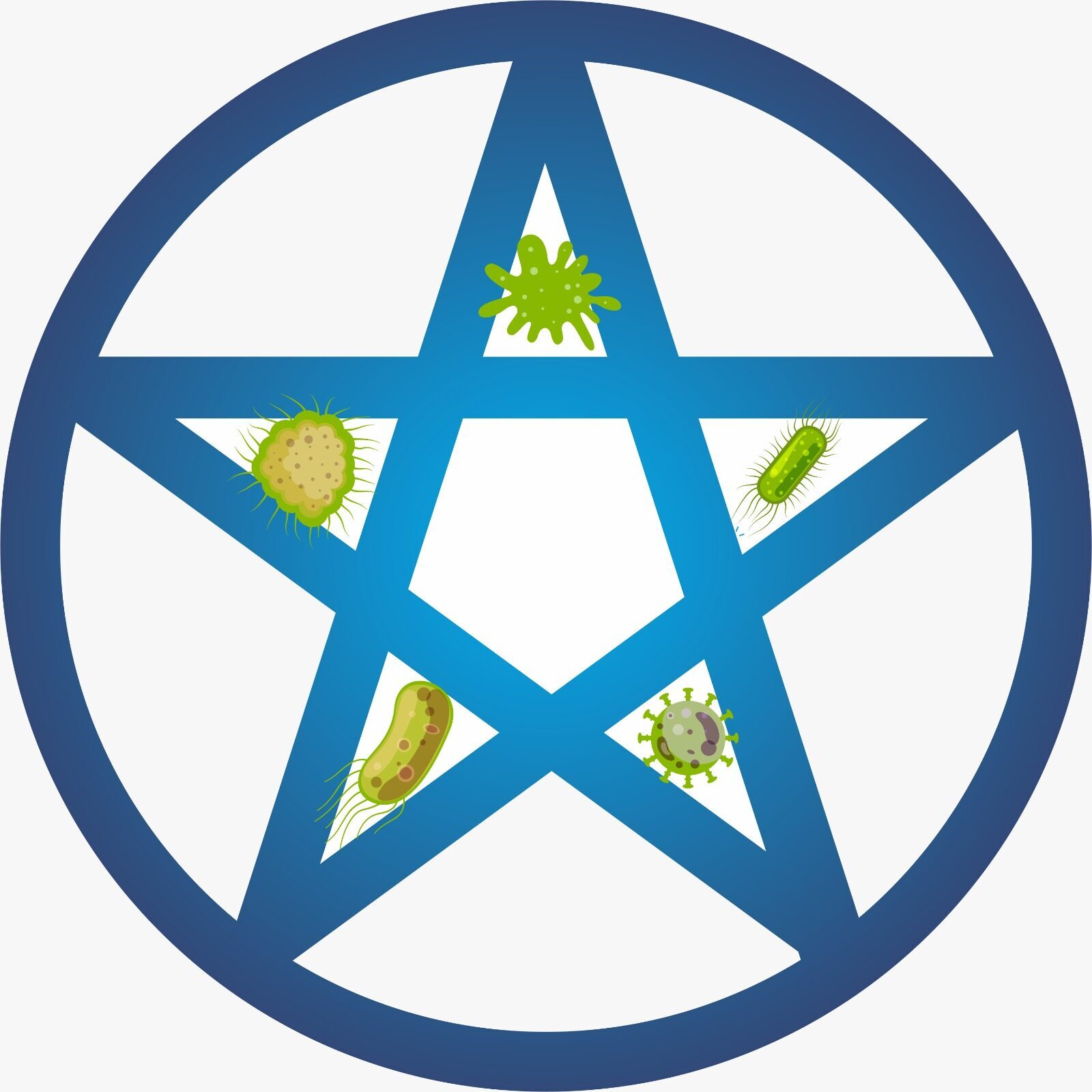Full-Text
Guillain-Barré syndrome is caused by cytomegalo virus [1] whereas Miller Fisher Syndrome is a rare variant of Guillain-Barré syndrome [2]. This case report focuses on the medical treatment of this disease with the specific diet pattern. On 24 April 2024, a 14-years-old boy, weighing 52 kg, was admitted to Akluj Hospital with severe health issues. His symptoms were as follows: headache, fever, muscle and joint pain, weakness, loss of energy, loss of appetite, frequent throat infections, difficulty in speaking. Despite receiving treatment for these symptoms, his condition did not improve, and he showed no significant recovery even after 10–12 days of hospitalization. Due to the lack of improvement, the doctors and his family decided to transfer him to the local Hospital, Pune for advanced medical care and better treatment options. In this hospital, tests such as, urine test [3], prothrombin time (PT) test [4], complete blood count with peripheral blood smear (PBS) study [5], white blood cell count [6], liver function tests [7] that reported the normal results. Magnetic Resonance Imaging (MRI) of a brain was also normal. A chest X-ray test was normal. Despite these normal test results, the boys throat infection worsen and his condition became critical (figure 1). As a result, he was shifted to more advanced hospital in Pune. He was not able to breathe properly and required the ventilation for next 15 days. Additionally, he was not able to swallow saliva and his eyes were closed, most of the time due to extreme weakness, difficulty in speaking and swallowing. During this period, he received feeding through A Ryles tube. The diagnosis revealed that the disease under study is Guillain-Barré syndrome and its rare variant Miller Fisher Syndrome along with pnuemonia. The blood tests showed low hemoglobin levels and an elevated Total Leucocyte Count of 16, 400 cells/mm. Hepatitis C test is non-reactive. The Hepatitis B surface antigen (HBsAg) test was non-reactive. HIV test was negative.
His treatment included Pyridostigmine-60mg, Nimulab NS-550 mg, Paracetamol tablets-500 mg, RL infusion-500 ml, Ceftriaxone Injection IP-1 gm, PAN IV injection-40 mg, low molecular weight heparin (LMWH) injection, cremaffin 10 ml, syrup cremaffin, Avil 2 ml Injection, Normal Saline 0.9% Infusion 500 ml, and Plasmaglob 5gm Injection. This treatment led to improvement in the patients’ health. In turn, he was discharged from the hospital on 14 May 2024 with the diet pattern (table 1) for the next one month to maintain improved health condition. Upon further discussion, community members mentioned that the boy had been in contact with a sick dog at his home. This led to a suspicion that he might have contracted an illness from the animal. The doctors conducted various diagnostic tests to determine the exact cause of his illness. He was placed under intensive care, and different treatment approaches were attempted. His family members were disappointed, as they looked helplessly while he remained in a critical condition. The doctors tried multiple medications and treatment strategies, but initially, there was little to no response. The situation became extremely distressing, with everyone fearing for his life.
On 14 May 2024, after receiving a combination of specialized treatments, the boy gradually started showing improvement. His treatment continued for three months, and over time, his health improved significantly. On 19 June 2024, the patient received complete recovery. This case highlights the challenges of diagnosing and treating diseases, especially those possibly linked to zoonotic infections (animal-to-human transmission). It also emphasizes the importance of advanced medical care in critical cases and how timely intervention can lead to successful recovery.
